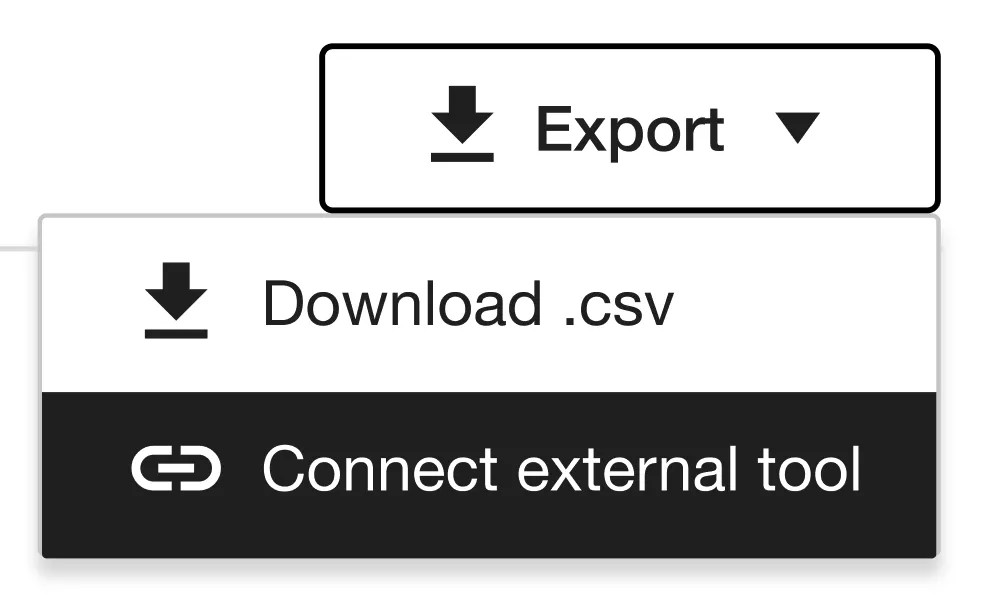Ally 2.7.7 | Release to production: September 6, 2023
New features
API endpoints for reporting tools
Administrators can now integrate their Ally data into reporting tools and applications like Power BI, Tableau, or even Microsoft Excel more seamlessly than before, using two new private Ally API endpoints for reporting. This API provides two GET endpoints that allow Administrators to quickly build reports or dashboards and retrieve information on accessibility scores and issues.
Instead of reconfiguring dashboards each time a new CSV export is available, these new endpoints allow Administrators to configure a report once and refresh the data at 15-minute intervals to update dashboards in the preferred reporting tool. Administrators can obtain all the credentials needed to configure the data in the external reporting tool from the Institutional Report.
Additional information about the API for reporting, including configuration examples, is available in the Integrate Ally's API with an External Reporting Tool help page. Technical documentation around the new API endpoints is also available in the Reporting API Endpoints help page.
Endpoints included in the API for reporting are private endpoints and do not come with a deprecation policy at this time. Anthology Ally may change or update these endpoints depending on our roadmap or future releases.
Bug Fixes and improvements
-
Fixed an accessibility issue where controls in the Ally configuration were not properly announced as control groups by screen readers.
-
Fixed an accessibility issue where the file drop area in the Ally Instructor Feedback did not have descriptive text for screen readers.
-
Fixed an issue where videos without captions that were embedded using HTML code in HTML files or WYSIWYG documents were not correctly highlighted in the Ally instructor feedback.
-
Added a session timeout to the Ally Institutional Report when it is accessed outside of the LMS via a direct URL. The timeout prevents unwanted access when the report is left unattended, or there is no activity. (The timeout is triggered after 900 seconds of inactivity and signs out the user automatically.)


